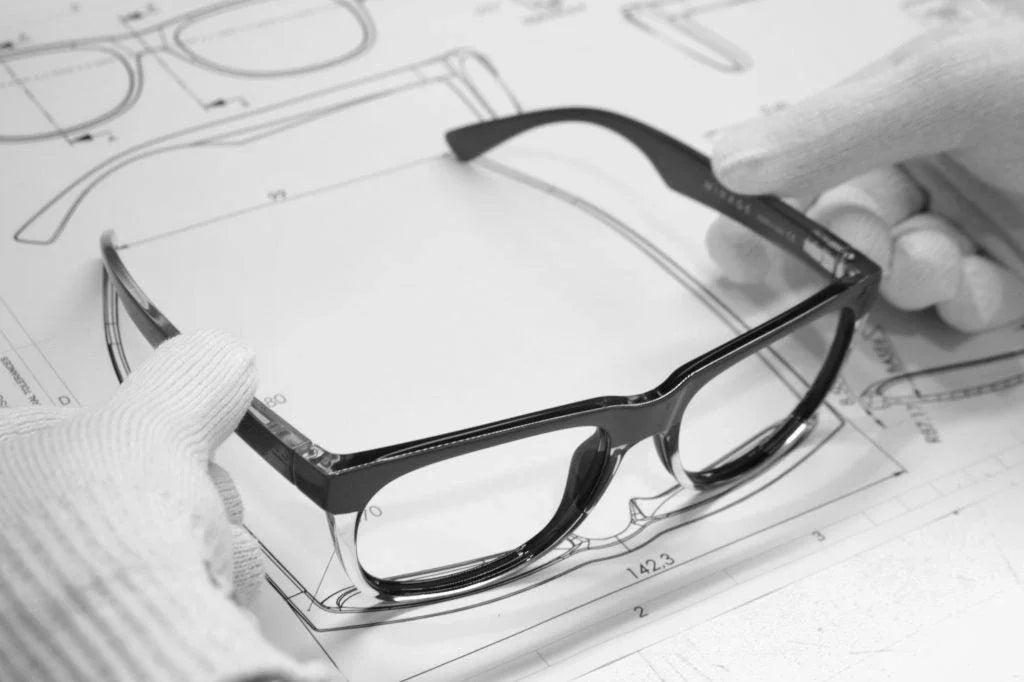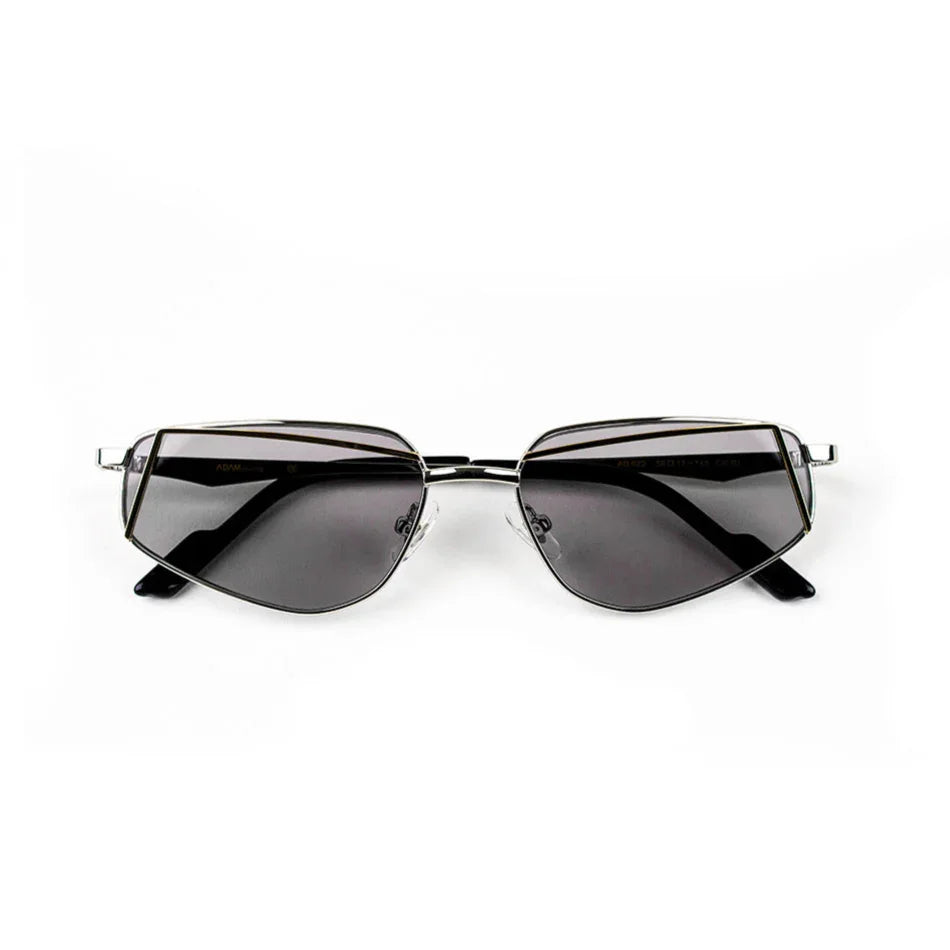
The First Step in Handmade Acetate Glasses: Design and Material Selection
Share
Creating high-quality handmade acetate glasses begins long before the frames are even cut. The initial design phase and material selection play a crucial role in ensuring both aesthetics and durability.
1. Conceptualization and Design
The journey starts with the designer's vision. Using software or hand-drawn sketches, they define the shape, style, and dimensions of the glasses. This step is crucial as it sets the foundation for the final product.
2. Choosing the Right Acetate Material
Acetate is a popular material for high-end eyewear because of its flexibility, durability, and vibrant color options. The material is sourced from natural cotton and wood fibers, ensuring a sustainable option for environmentally-conscious buyers. At this stage, the designer selects the right sheet of acetate based on color, thickness, and pattern.
3. Prototyping
Once the design is finalized and the material chosen, a prototype is created. This is the first physical manifestation of the designer's vision. It helps ensure the design works in real life, fits comfortably, and aligns with aesthetic expectations.
Conclusion
The initial design and material selection phases are critical in the creation of handmade acetate glasses. By focusing on these early stages, manufacturers ensure that the final product is both stylish and functional.


 Türkçe
Türkçe
 English
English
 Italiano
Italiano